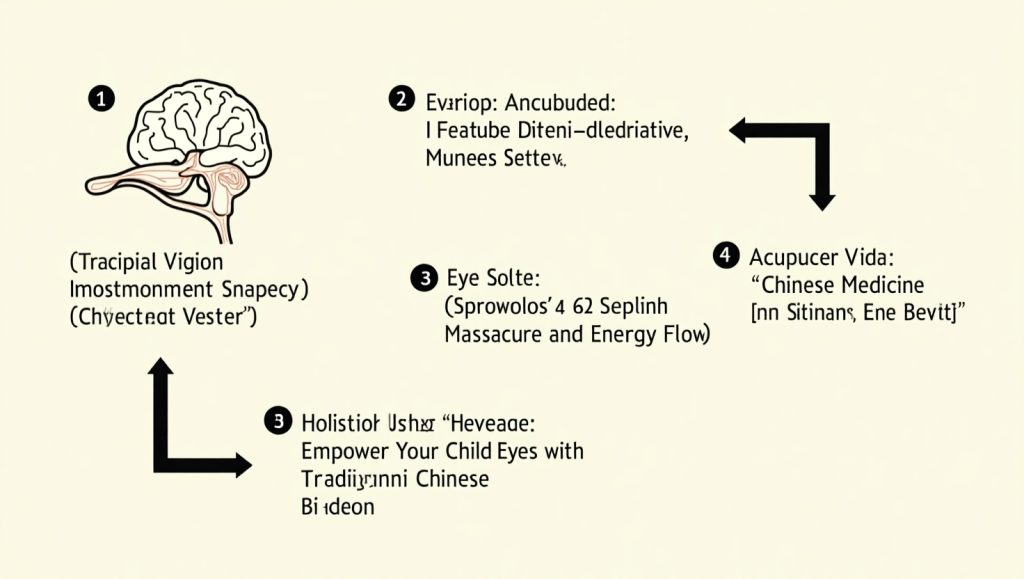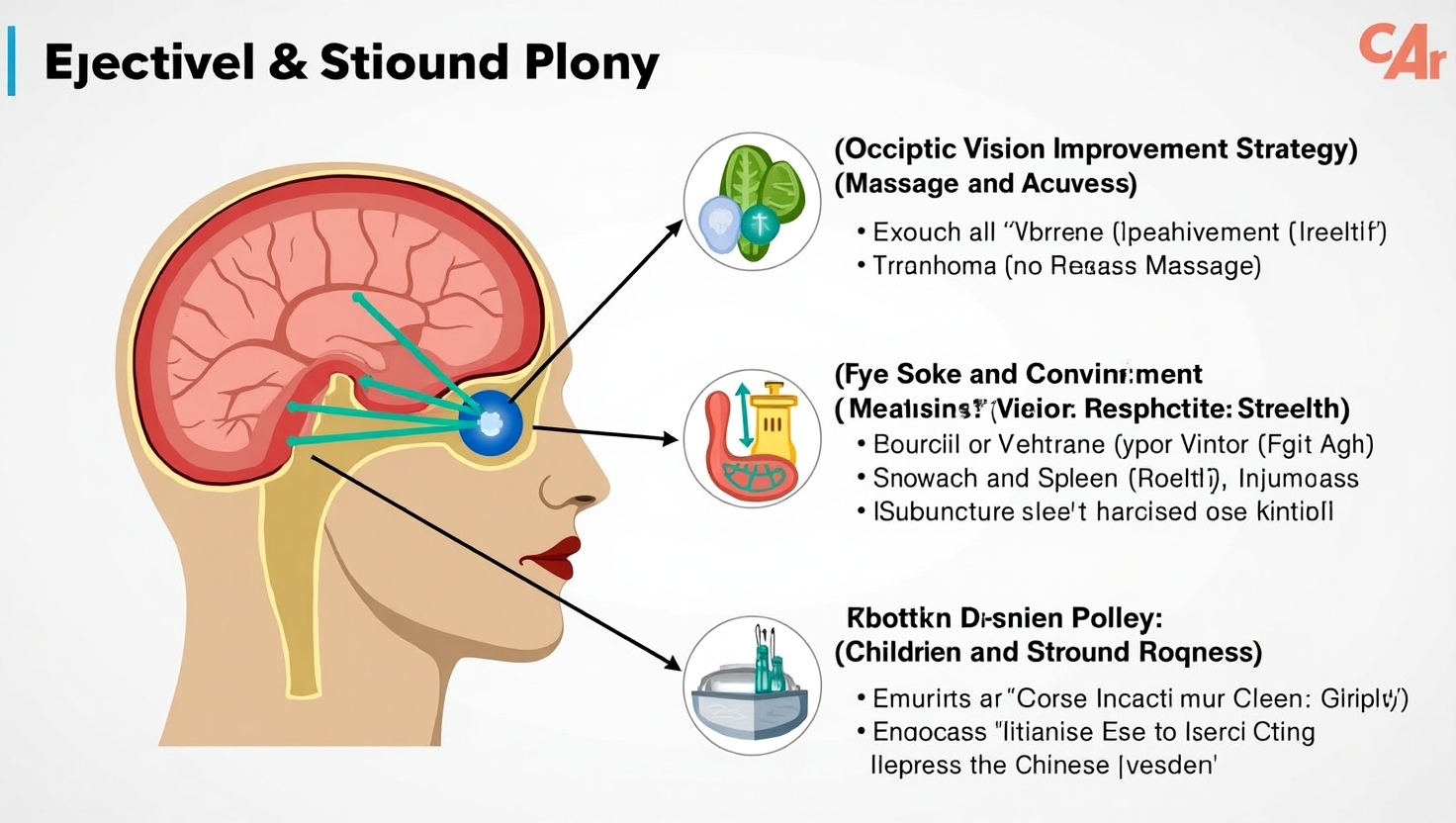I. Case Study: Real Experiences and Puzzles After Children’s Myopia
Case One: The “Unexpected” Recovery of Childhood Myopia
Mother’s Sharing:
- Child’s Condition: The younger son loved reading from a young age and attended a Chinese classics class, with a high reading volume. Myopia was detected during a first-grade physical examination, with both eyes at 75 and 100 degrees respectively, diagnosed as true myopia, and glasses were prescribed.
- Vision Recovery: After starting elementary school, the academic pressure decreased, reading time reduced, and outdoor activities increased. The child felt that wearing glasses affected his appearance and believed his vision had recovered. A physical examination confirmed that his vision had indeed returned to normal, so he stopped wearing glasses.
- Parent’s Confusion: ☆ Is this situation common? ☆ Why did the vision recover on its own without any special care?
Analysis:
- Reversibility of Mild Myopia: ☆ Mild myopia (around 100 degrees) is not irreversible, especially in children, as vision has plasticity. ☆ Reducing eye strain and increasing outdoor activities help alleviate eye fatigue and promote vision recovery.
- Influencing Factors: ☆ Reduced screen time: Less reading time reduced the burden on the eyes. ☆ Increased outdoor activities: Outdoor activities allow the eyes to be exposed to natural light, which helps regulate vision.
- Improved Eye Habits: Reducing close-up eye use helps relieve ciliary muscle spasms.

Case Two: The Distress of Astigmatism and Myopia
Mother’s Inquiry:
- Elder Son’s Condition: Started wearing glasses in the fourth grade, with both eyes at 100 degrees. Currently in sixth grade, the degree has not increased, but astigmatism has appeared in the left eye.
- Parent’s Questions: ☆ What causes astigmatism? ☆ Are the care methods for astigmatism different from those for simple myopia?
Traditional Chinese Medicine Analysis:
- Genetic Factors:
- ☆ Astigmatism is closely related to genetics. If there is a family history of astigmatism, the child’s risk of developing astigmatism is higher. ☆ For example, the child mentioned in the case hardly uses electronic devices and has ample outdoor activities, but the astigmatism degree is still decreasing, which is related to family genetics.
- Poor Eye Habits:
- ☆ Frequently rubbing the eyes is a significant factor leading to astigmatism. ☆ Children with allergic constitutions are more likely to experience eye itching, leading to frequent eye rubbing, increasing the risk of astigmatism.
- Constitutional Factors:
- ☆ Insufficient yang energy and poor blood circulation can affect the shape of the eyeball, leading to astigmatism. ☆ Traditional Chinese Medicine believes that a weak constitution affects the function of all organs, including the eyes.
- Care for Astigmatism: ☆ Compared to simple myopia, the care for astigmatism requires more attention to the adjustment of extraocular muscles and the improvement of eyeball shape. ☆ In addition to reducing eye strain and increasing outdoor activities, traditional Chinese medicine techniques (such as massaging acupoints around the eyes) can be used to relieve tension in the extraocular muscles and improve astigmatism.

II. From the Perspective of Traditional Chinese Medicine: The Root Cause and Care of Myopia
1. Constitution is the Root of Vision Problems
- Traditional Chinese Medicine Viewpoint:
- ☆ Traditional Chinese Medicine believes that vision problems are not just issues with the eyes but are closely related to the overall circulation of qi and blood, and the function of the internal organs. ☆ A weak constitution and insufficient qi and blood are the fundamental causes of vision problems.
- Specific Manifestations:
- ☆ A weak constitution leads to a decline in the physiological and biochemical levels of the eyeball, impairing the function of the eyeball organs, thus affecting vision. ☆ When the constitution improves, the function of the eyeball organs can recover or enhance, and vision will improve accordingly.
2. The Difference Between Unaided Vision and Refractive Power
- Western Medicine Viewpoint:
- Western medicine uses refractive power and axial length as standards for diagnosing myopia, believing that myopia is irreversible.
- Traditional Chinese Medicine Viewpoint:
- ☆ Traditional Chinese Medicine uses the recovery or improvement of unaided vision as a standard. ☆ Unaided vision and refractive power are not the same concept: ☆ Unaided vision: Refers to the resolving power of the eyes without glasses. ☆ Refractive power: Refers to the eye’s ability to refract light, related to the axial length. ☆ Traditional Chinese Medicine believes that by adjusting the constitution, the regulatory function of the ciliary muscle can be improved, thereby enhancing unaided vision, even if the refractive power has not changed, vision problems can be resolved.

3. The Relationship Between Yang Energy and Myopia
- The Role of Yang Energy:
- ☆ Yang energy represents the body’s immunity and resistance; people with sufficient yang energy are less likely to get sick and have good growth and development. ☆ Insufficient yang energy can lead to various health problems, including vision decline.
- Manifestations of Insufficient Yang Energy:
- Cold hands and feet, lower back pain, blurred vision, and frequent illness.
- Myopia and Yang Energy:
- ☆ Traditional Chinese Medicine believes that “those who can see near but not far have excess yang energy and insufficient yin energy,” indicating that myopia is related to insufficient yang energy. ☆ Insufficient yang energy affects the regulatory function of the eyes, leading to vision decline.
4. The Five Organs, Qi, and Blood, and Vision
- Traditional Chinese Medicine Theory:
- ☆ “The essence of the five organs and six viscera all converge in the eyes and form the heart,” indicating that the health of the eyes is closely related to the fullness of qi and blood in the five organs and six viscera. ☆ Insufficient qi and blood in the five organs can lead to dry eyes, vision decline, and other issues.
- Care Direction:
- Caring for vision requires a holistic approach, harmonizing the qi and blood of the five organs, and enhancing the constitution to fundamentally improve vision.
5. The Spleen and Stomach and Vision Care
- The Importance of the Spleen and Stomach:
- ☆ The spleen and stomach are the source of qi and blood and the hub of the body’s qi movement. ☆ Normal function of the spleen and stomach can transform food into nutrients, distributing them throughout the body, including the eyes.
- Caring for the Spleen and Stomach:
- ☆ Caring for vision requires attention to the care of the spleen and stomach to ensure sufficient qi and blood to nourish the eyes. ☆ A balanced diet, regular sleep patterns, and appropriate exercise are important means of caring for the spleen and stomach.

III. Key Areas for Traditional Chinese Medicine Vision Care
- ☆ The occipital region is the channel through which the essence of the five organs and six viscera converges in the eyes; clearing the occipital region can promote eye qi and blood circulation. ☆ Care Techniques: Massage, gua sha, and other methods can be used to clear the meridians in the occipital region.
- ☆ The upper and lower eye sockets are the channels for eye qi and blood circulation; clearing the upper and lower eye sockets can improve blood supply to the eyes. ☆ Care Techniques: Eye acupoint massage, such as the Jingming and Zanzhu points, can be performed.
- ☆ The Ren and Du meridians are the overall regulators of the body’s yin and yang qi and blood; clearing the Ren and Du meridians can promote overall qi and blood circulation, providing sufficient qi and blood support to the eyes. ☆ Care Techniques: Massage, moxibustion, and other methods can be used on the Du and Ren meridians.
IV. Conclusion
Traditional Chinese Medicine believes that myopia is not an irreversible disease but can be improved by adjusting the constitution and harmonizing the qi and blood of the five organs. Parents should have confidence and help their children improve their vision through a reasonable lifestyle and traditional Chinese medicine care.


Leave a Reply